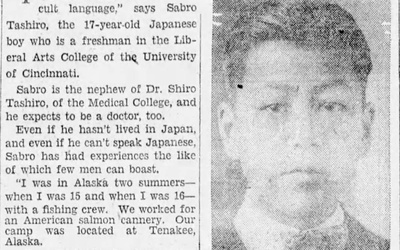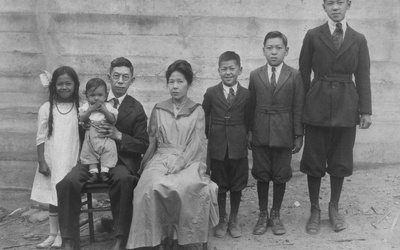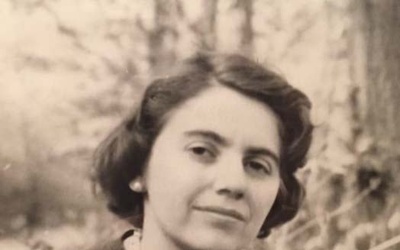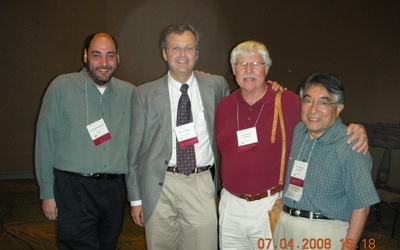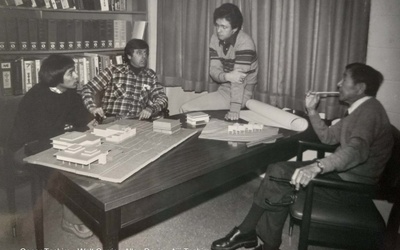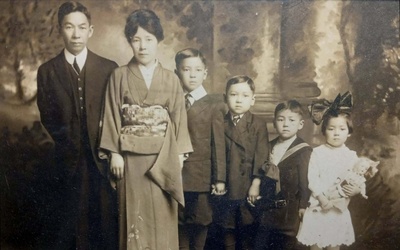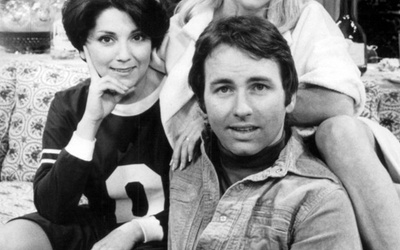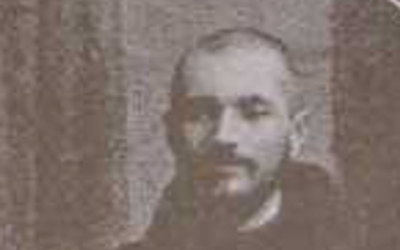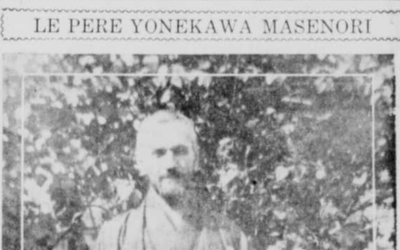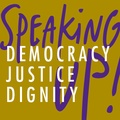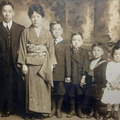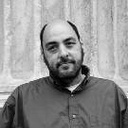
Greg Robinson
@GregGreg Robinson, a native New Yorker, is Professor of History at l'Université du Québec À Montréal, a French-language institution in Montreal, Canada. He is the author of the books By Order of the President: FDR and the Internment of Japanese Americans (Harvard University Press, 2001), A Tragedy of Democracy; Japanese Confinement in North America (Columbia University Press, 2009), After Camp: Portraits in Postwar Japanese Life and Politics (University of California Press, 2012), Pacific Citizens: Larry and Guyo Tajiri and Japanese American Journalism in the World War II Era (University of Illinois Press, 2012), and The Great Unknown: Japanese American Sketches (University Press of Colorado, 2016), as well as coeditor of the anthology Miné Okubo: Following Her Own Road (University of Washington Press, 2008). Robinson is also coeditor of the volume John Okada - The Life & Rediscovered Work of the Author of No-No Boy (University of Washington Press, 2018).
His historical column “The Great Unknown and the Unknown Great,” is a well-known feature of the Nichi Bei Weekly newspaper. Robinson’s latest book is an anthology of his Nichi Bei columns and stories published on Discover Nikkei, The Unsung Great: Portraits of Extraordinary Japanese Americans (University of Washington Press, 2020). It was recognized with an Association for Asian American Studies Book Award for Outstanding Achievement in History Honorable Mention in 2022. He can be reached at robinson.greg@uqam.ca.
Updated March 2022
Stories from This Author
Part 6: Sabro and Arthur Tashiro - Multitalented Brothers
April 12, 2024 • Greg Robinson
In this column, I will round out my history of the amazing family of Aijiro and Nao Tashiro by discussing the lives of their younger sons Sabro (AKA Saburo or Sab) and Arthur. Sabro Tashiro was born in New Haven, Connecticut in February 1910, and moved with his family to Seattle after the end of World War I. During the summer of 1925 and 1926, he worked at an American salmon cannery in Tenakee, Alaska, alongside Swedish, German, Greek, and …
Part 5: Nao Tashiro—Issei Woman Teacher and Witness
April 5, 2024 • Greg Robinson
I have embarked on a series of columns on the prolific and talented Tashiro family. I have already posted columns on Aijiro “Frank” Tashiro and three of his children, Kenji (AKA Ken), Aiko, and Aiji. Here I propose to add a study of Nao Tashiro, the wife of Aijiro and mother of their children. Nao Tashiro was born Onaozan “Nao” Hasegawa in Echigo Province (as it was then called) in northeastern Honshu, Japan. Her father was an educated Japanese of Samurai …
My Cousin Judy: An Inspiration
March 31, 2024 • Greg Robinson
My dear cousin Judy Mackey (Baker) passed away on February 11, 2024, at the age of 99. During her long career as an economist, she served as a role model and inspiration for many people, especially for women breaking into professional fields. I want to speak here about how she helped shape my work as a historian and scholar of Japanese Americans. She was born Judith Rosenblum in New York in January 1925, the only child of Moses and Sophia …
Gratitude for Art Hansen—“A Gifted Mentor and Inspiration”
March 18, 2024 • Greg Robinson , Nichi Bei News
Among specialists in Japanese American history, few have made such an enduring contribution as Arthur Hansen. While his work as a longtime scholar and activist is well known in the Nikkei community, I want to pay tribute to him in his role as a gifted mentor and inspiration, to me and so many others. (Some of this column is taken from my essay in a volume produced 15 years ago, on the occasion of Art’s retirement.) It is hard for me …
Part 4 (2): Aiji Tashiro—Architect
March 5, 2024 • Greg Robinson
Read Part 4 (1) >> In 1938, Aiji Tashiro was recruited as a faculty member at Appalachian State Teacher’s College (today Appalachian State University) in Boone, North Carolina. He was one of the first Nisei engaged as a regular faculty member by an American university. He was assigned to teach History of Western Civilization and creative writing. In addition to his teaching duties, he was engaged as Landscape Architect. He would eventually design several buildings on campus, including what is …
Part 4 (1): Aiji Tashiro—Writer and Athlete
March 4, 2024 • Greg Robinson
The most eminent of the five children of Aijiro and Nao Tashiro was certainly their son Aiji (pronounced “I. G.”). A writer, athlete, architect, and landscaper, he spent the better part of a half-century pursuing his work. Unusually for a Nisei, he spent almost his entire career living and working in the American South, far from the centers of Asian American population. Aiji Tashiro, known as Tash, was born on July 6, 1908 in Pawtucket, Rhode Island, and spent his …
Kim Weiskopf: Comedy Writer
Feb. 2, 2024 • Greg Robinson
The late television writer/producer Norman Lear, who died in 2023 at the age of 101, has been celebrated for revolutionizing the TV sitcom during the 1970s by producing such landmark shows as All in the Family, The Jeffersons, Sanford and Son, and One Day at a Time. Storylines for these shows included such serious real-life issues as racial bigotry, divorce, rape, abortion, poverty, and labor strikes. Lear has also been praised in many memorial accounts for his generosity in mentoring and shaping …
On Being Jew-ish
Jan. 22, 2024 • Greg Robinson
Recently, I did a memorial piece for Nichi Bei on my late friend Franklin Odo, a Hawaii-born Sansei. I referred to the piece as a kaddish (mourner’s prayer). I meant it as a tip of the hat to Franklin and his longtime interest in Jewish Studies. Franklin was so absorbed that he even co-taught a course with Professor Wendy Bergoffen at Amherst College on Jews and Asians in America. It occurs to me now that it was one of the …
The Man Who Was Yonekawa: Part II—From Japan to Peru
Jan. 3, 2024 • Greg Robinson
Read Part 1 >> In June 1938, Urbain-Marie Cloutier/Yonekawa was sent to Peru. During his time in Alexandria, Egypt in the mid-1930s, Yonekawa had made friends with Seitado Kitada, the local Japanese consul. When Kitada was appointed Japanese ambassador to Peru, he took up the role of advocate for the Japanese Community in Peru. In order to help the Issei adapt to their new society, Kitada urged them to convert to Catholicism, as it was the official religion in Peru. …
The Man Who Was Yonekawa: Part I—From Quebec to Japan
Jan. 2, 2024 • Greg Robinson
During the early years of the 20th century, Japanese immigrants to the West Coast of Canada, like their counterparts in California, found themselves the object of increasing hostility by local whites. The racial and religious difference of the immigrants, and their presence as economic competitors to white farmers and merchants, fueled the efforts of exclusion leagues and West Coast political leaders to cut off Japanese labor immigration. By 1908, in the wake of anti-Asian race riots in Vancouver, leaders in …

